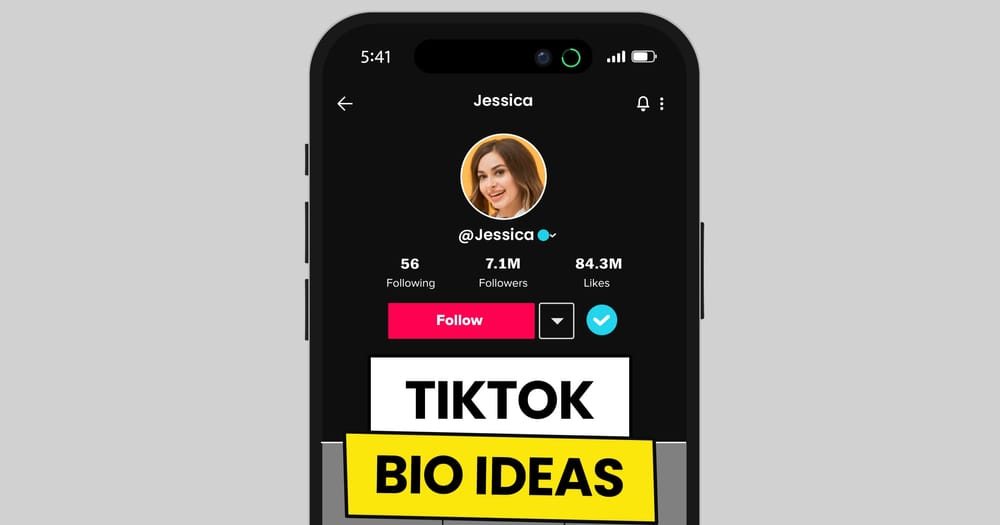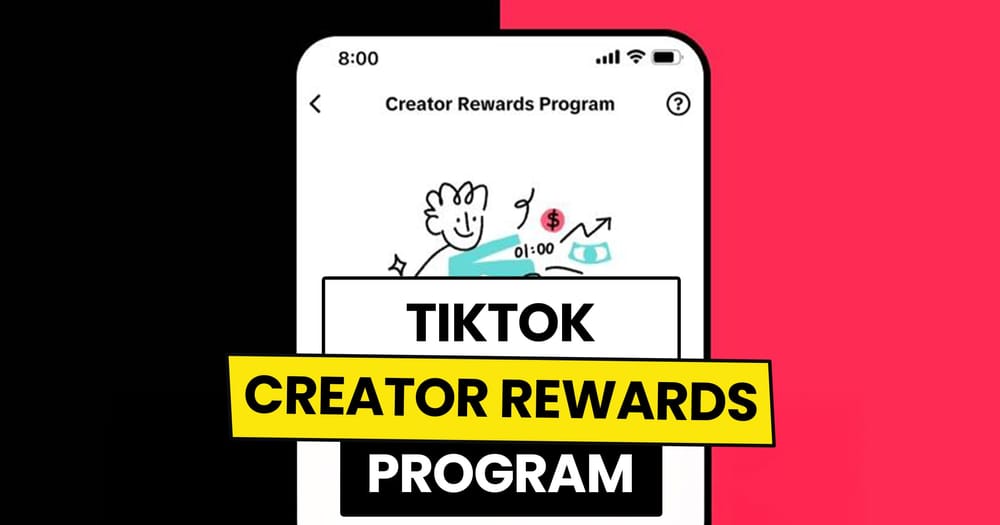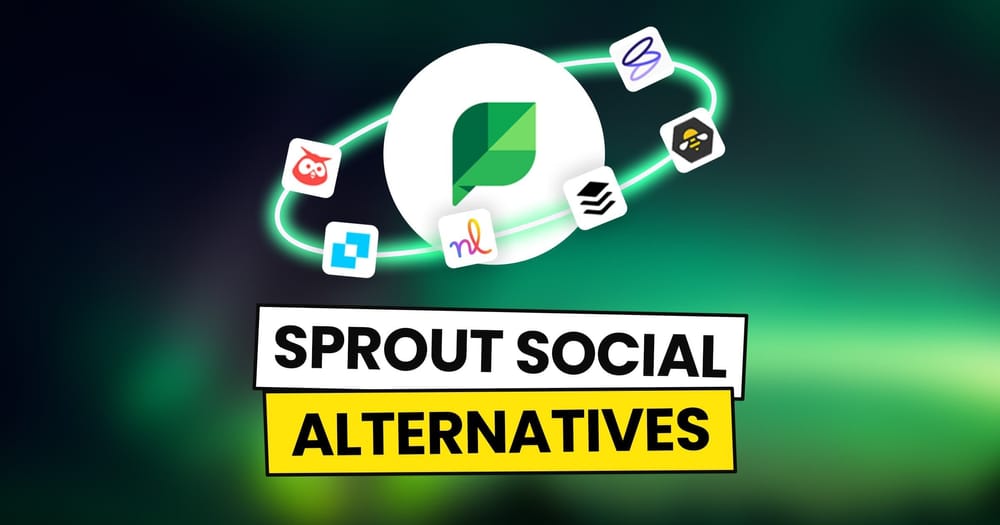You’ve probably noticed it. Some posts get all the love, likes, shares, comments, and saves while others get crickets. The difference? It’s not always the quality. Sometimes, it’s the mirror.
People engage most with content that reflects themselves, their beliefs, struggles, humor, or aspirations. When your audience sees themselves in your content, they lean in. They comment, they share, they remember. That’s the Mirror Effect in action.
Studies have shown that 80% of consumers are more likely to purchase when brands offer personalized experiences, including self-reflective or relatable content, directly impacts both engagement and conversion.
But what exactly is it? Why does it work so well? And how can you create content that mirrors your audience in a way that feels real, not gimmicky? Let’s break it down!
What Is the Mirror Effect?
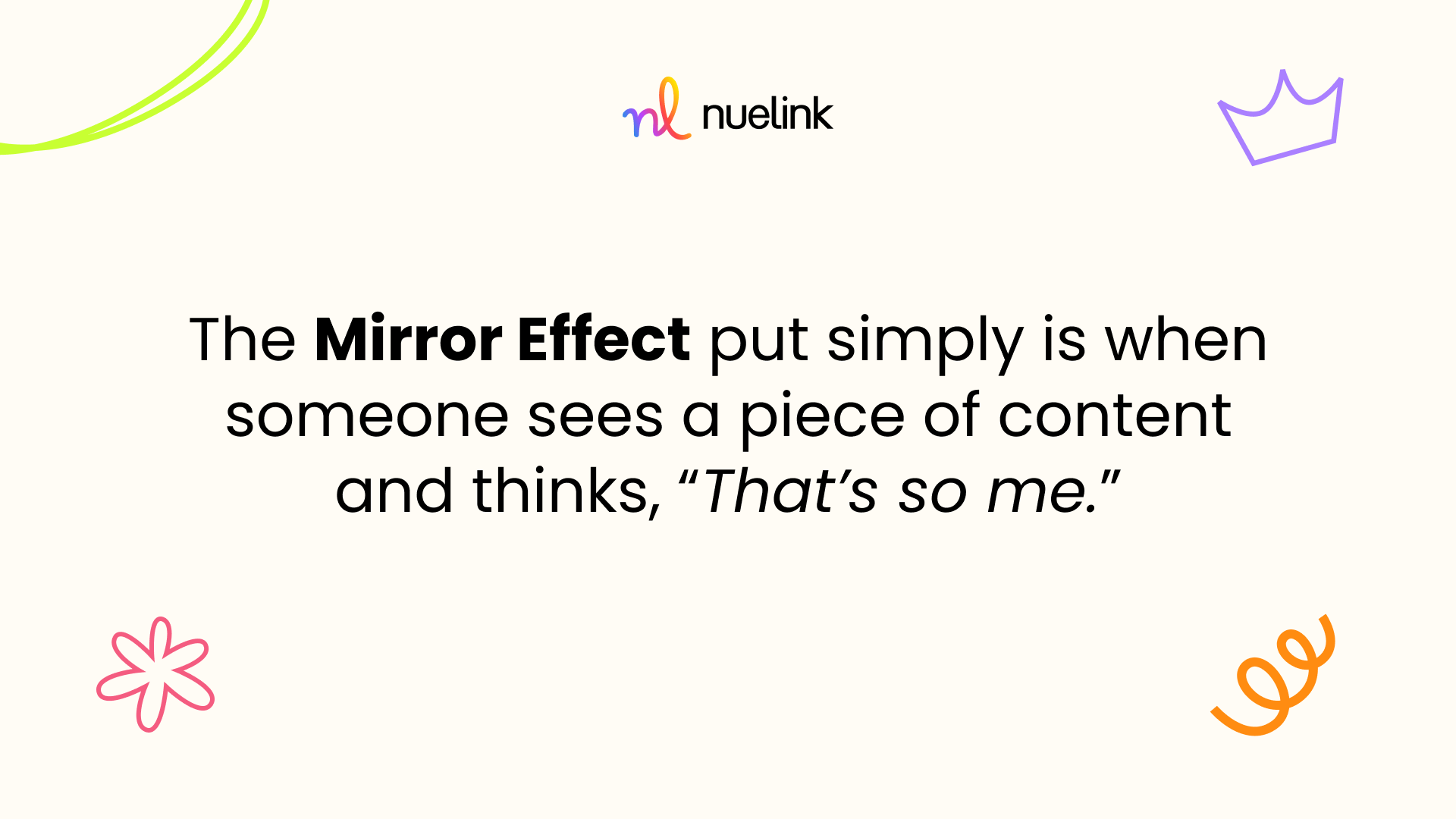
The Mirror Effect refers to our natural tendency to connect more deeply with content that reflects who we are. Whether it’s our beliefs, struggles, sense of humor, values, or goals, when we see ourselves in something, we pay attention.
In psychology, this mirrors the concept of self-referential processing, our brains are wired to respond more strongly to information related to ourselves. On social media, this plays out in how we interact with content.
The Mirror Effect put simply is when someone sees a piece of content and thinks, “That’s so me.” To amplify this effect and reach more of the right audience, many brands partner with a social media marketing agency that combines creative strategy with SEO‑driven visibility. You may read this and say that it’s so vain, but it’s not about vanity, it’s about validation. When content reflects your audience’s values, struggles, humor, or identity, it creates a sense of connection. It tells them, you’re not alone. Someone gets it. I get it.
A meme that captures your exact mood? You’ll probably share it. A caption that voices a thought you’ve had but never said out loud? You’ll like it, maybe even comment. This reflection makes people pause, feel seen, and often, engage. Because in a digital world full of noise, the content that mirrors who we are feels personal.
The Mirror Effect isn’t just a marketing trick, it’s a psychological shortcut to a deeper connection. And once you understand how it works, you can start using it to build real, resonant relationships with your audience.
Why the Mirror Effect Drives Engagement
At its core, the Mirror Effect taps into one of the most powerful drivers of human behavior, recognition.
When people see themselves in your content, it triggers an emotional response. It could be a laugh, a nod of agreement, or even a moment of introspection. That emotional spark makes them more likely to like, comment, share, or save because the content doesn’t just inform or entertain, it resonates.

Here’s why that matters:
- It feels personal. Even if you're speaking to thousands, mirror content makes it feel like you're speaking directly to them.
- It builds trust. If your audience feels seen and understood, they're more likely to stick around and engage with future content. And, this is an essecial element for reshaping consumer behavior and influencing purchasing decisions.
- It fuels conversations. People love sharing posts that express what they can’t quite put into words themselves. It’s a good time to mention that you can use your social media managemnet of choice, Nuelink is our favorite, to post and repond to comment on social media.
- It boosts visibility. More engagement = more reach. When your content strikes a chord, the algorithm takes notice. Personalized content leads to a 20% increase in sales on average.
When your audience sees themselves in your content, they’re not just scrolling past, they’re stopping, engaging, and often coming back for more.
Types of Mirror Content That Work
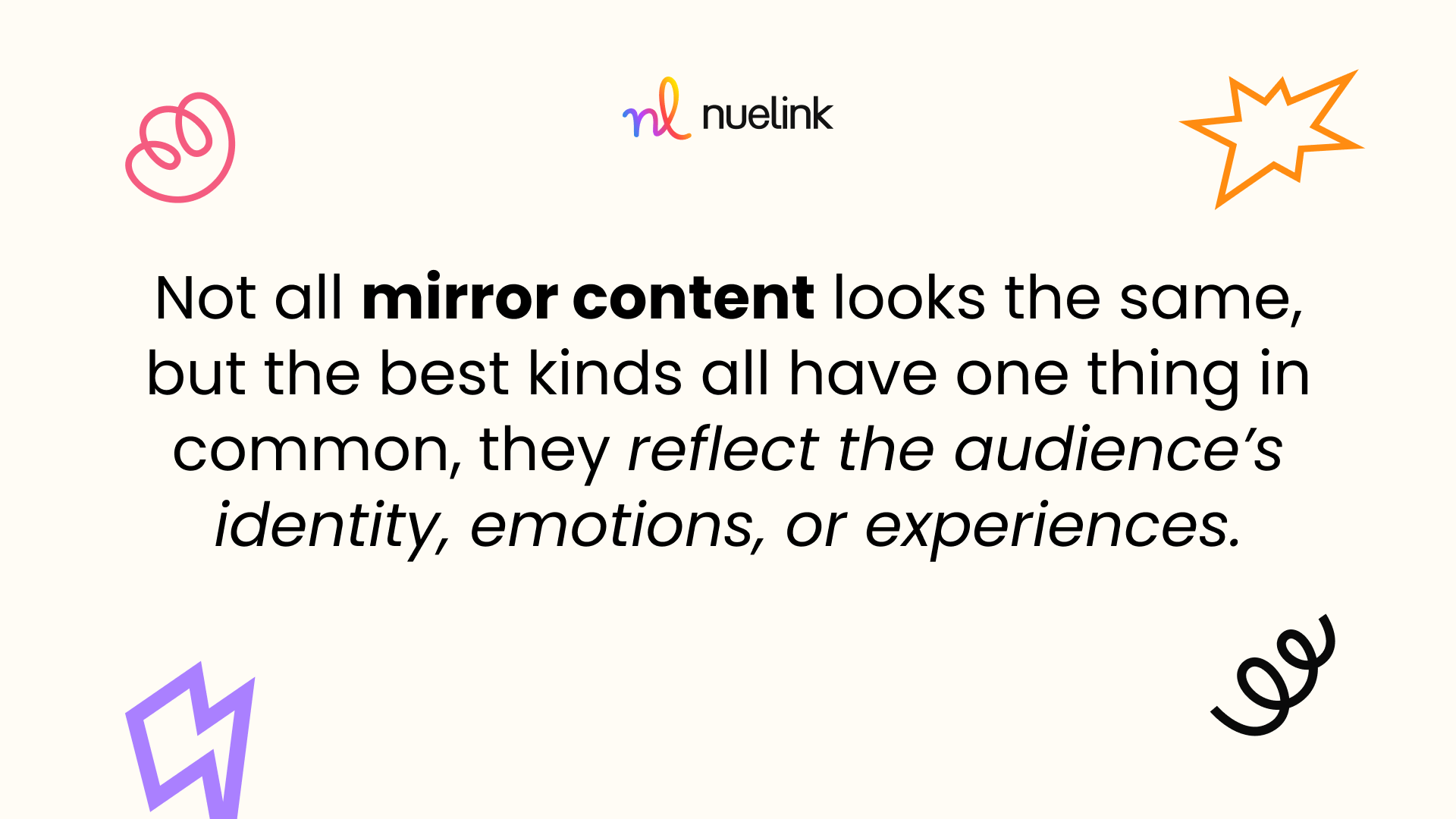
Not all mirror content looks the same, but the best kinds all have one thing in common, they reflect the audience’s identity, emotions, or experiences. Here are some proven formats that consistently trigger that “this is so me” reaction:
1. Relatable Humor
Memes, tweets, and skits that poke fun at shared struggles or quirks. These posts make people feel seen and spark a lot of laughs in the comments. You can have a look at this blog post to see this strategy in action.
2. "Call-Out" Posts
Not in a mean way, but mean can also work sometimes, but posts that gently call out habits, thoughts, or behaviors people recognize in themselves. These kinds of posts pull people in because they reflect everyday truths.
3. Aspirational Content
Content that mirrors who your audience wants to be. Whether it’s a lifestyle they admire, a goal they’re working toward, or a mindset they’re trying to adopt, aspirational content helps them imagine a better version of themselves and motivates them to engage.
4. Identity-Driven Post
Statements or visuals that reflect personal beliefs, roles, or communities. These posts validate your audience’s identity, making them more likely to share it with their circle.
5. Comment-First Prompts
Ask questions that encourage self-expression or self-reflection. These let people see themselves through your post and invite them to step into the spotlight.
How to Craft Mirror Effect Content
The Mirror Effect isn’t just a happy accident, it’s a strategy. Here's how to create content that resonates deeply and drives engagement:
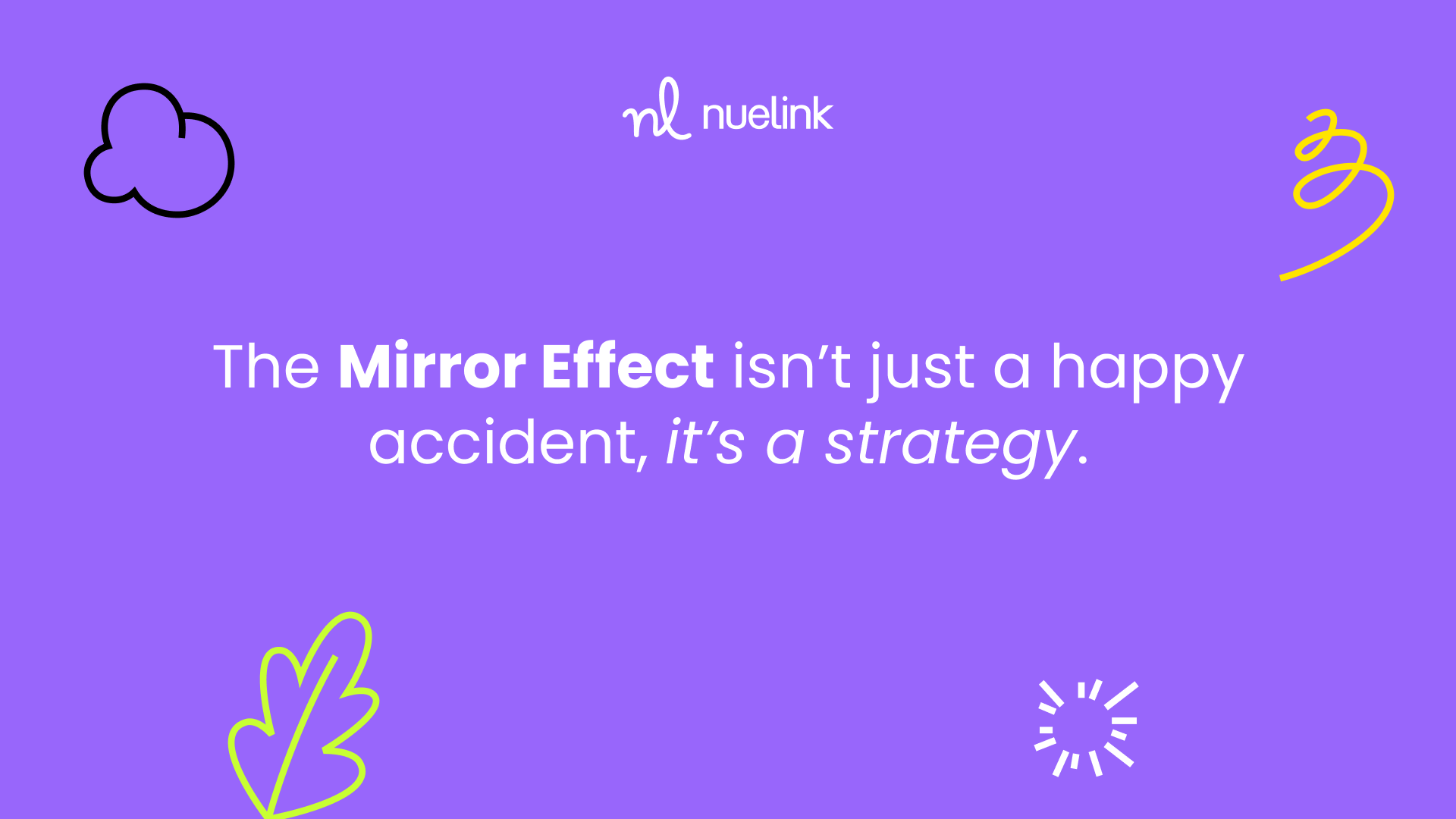
1. Know Your Audience Intimately
Mirror content only works if you understand who you're reflecting. Dive into audience research:
- What are their daily struggles?
- What makes them laugh, cringe, or nod in agreement?
- What do they aspire to become?
Use this insight to shape every piece of content around their lived experience.
2. Use the Language They Use
Speak in their voice. Pay attention to the phrases, slang, or tone your audience uses in comments, forums, or DMs. Mirror content feels more authentic when it sounds like them, not like a brand talking at them.
3. Tell Micro-Stories
Instead of generic advice, zoom into specific scenarios. Details make it real, and people engage when they see their own story told back to them.
4. Design for the Scroll-Stopping Moment
Use visuals, hooks, or headlines that spark instant recognition. Think screenshots, notes-app confessions, or side-by-side comparisons that mimic their day-to-day. The goal? Make them pause and say, “Wait, that’s me.”
5. Invite Reflection or Reaction
Give people a reason to comment or share. Ask them to weigh in, confess, tag a friend, or simply hit “save” because the post hit too hard. The more you open the door to connection, the more likely they are to step through it.
The mirror effect is a powerful tool in your content creation arsenal. When you reflect your audience’s thoughts, feelings, and experiences back to them, you build a bridge of connection that goes beyond likes and shares.
By understanding what makes them tick and crafting content that mirrors their world, you not only boost engagement but also cultivate trust and loyalty. So, start reflecting and watch as your audience becomes more active, more engaged, and more connected to your brand. After all, the more they see themselves in your content, the more they’ll want to be a part of your story.



